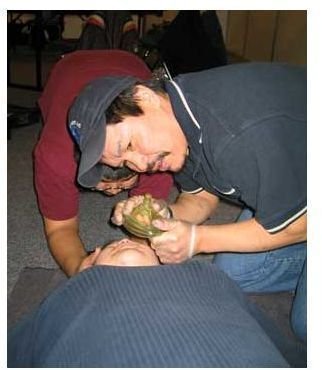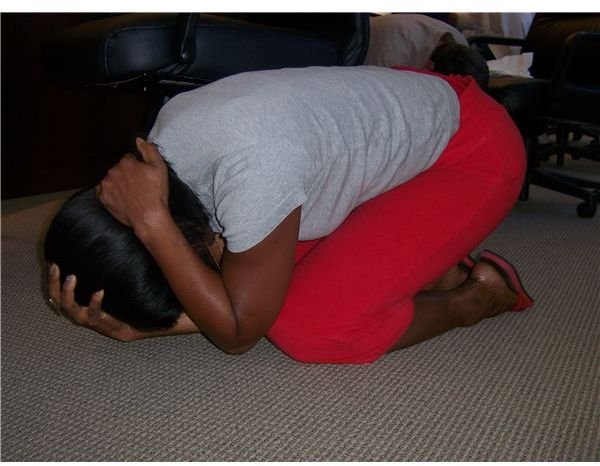What to Do in an Earthquake?
Preparations For Earthquakes
Earthquakes may produce devastating effects that may be minimized with suitable plans, awareness of the emergency response procedures, adequate training and rehearsals, and a thorough implementation. In spite of the advanced developed techniques in all the engineering disciplines, an accurate prediction of an earthquake cannot be made, though high seismic zones can be identified. It is the essential preparedness by the people and the safety organizations that can minimize the danger of earthquakes. Earthquakes occur in the seismic zones, and those areas will be affected more where adequate preparations have not been made for the safety of people and property.
Household Seismic Safety
Seismic safety refers to the safety of humans and property during, or after an earthquake. Regions of the globe that are located in the seismic zones are more concerned with the household seismic safety, and it includes the vital actions for the prevention of the earthquake damage at homes. Earthquake damage due to seismic activity may not only be caused by a poor structural construction that is not in accordance with the seismic standards, but also due to several other reasons that must be properly understood, and remedial measures taken accordingly. In a high intensity earthquake where the seismic waves are more active, the social departments such as police, hospitals, and firefighting may become ineffective, due to which necessary actions would be required to be taken by the people themselves.
Essential Preparations Household Seismic Safety
The essential preparations for the household seismic safety include:
-
All members of the household should be trained on the earthquake response procedures.
-
Arrange repairs of damaged wiring and gas lines. Know where the gas and electrical shut-offs are located.
-
Availability and training in the use of first aid.
-
Adequate preserved water for three days.
-
Actions required for saving members trapped inside the house.
-
Select safe spots in the house for protection.
-
Secure appliances and furniture to prevent their free movement.
-
Fix overhead light fixtures.
-
Firmly fix huge and tall items with structures by using screws, bolts, or straps to prevent the moving around of the items during an earthquake that may injure the residents.
-
Movement of natural gas appliances is controlled.
-
Gas or electric water heater should be firmly fixed with the building structure since the water filled heaters are heavy, and may cause serious injury, if it moves during an earthquake.
Safety Guidelines During Earthquake
-
Be composed, and assume the earthquake duration to be in the range of a few seconds to a couple of minutes.
-
Drop on the ground, take cover under a suitable item, and hold on till the end of shaking.
-
Protect the head and face with arms or a pillow.
-
Remain in bed if an earthquake strikes.
-
Stay at a distance from windows, glass, doors, walls, and lighting fixtures that may fall.
-
Entrance may only be used for protection if it is close and strong.
-
Studies have revealed that maximum injuries occur when the residents endeavor to move to another place.
-
If driving, stop immediately.
Safety Guidelines After An Earthquake
-
Provide first aid, if necessary, and take patient to hospita

l if injuries are serious.
-
Avoid movements in hazardous locations, such as fire, chemical leaks, etc.
-
Shut off electricity, gas, and water connections.
-
Do not use matches or candles.
-
Avoid use of cars, unless absolutely necessary for evacuation of patients.
-
Be prepared for earthquake after shocks.
Earthquake Prediction
The science and technology has not yet developed to a level that an accurate prediction of the occurrence of an earthquake is possible, despite significant research by the seismologists. However, after the commencement of an seismic activity, early warning devices are available that can provide a little warning of a few seconds, before the main shaking appears at a specified location. Therefore, the people should take all necessary precautionary measures to minimize the earthquake damage. Thorough preparations, including training and mental preparedness are important in this regard
